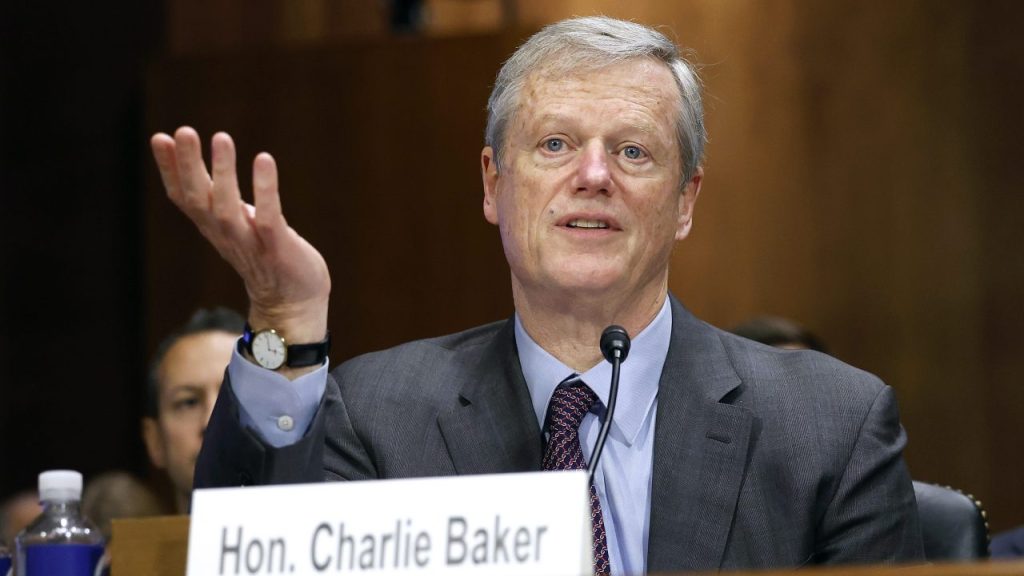NCAA president Charlie Baker on Thursday said his team has begun discussions with CBS Sports and Warner Bros. Discovery regarding a possible expansion of the March Madness men’s basketball bracket from 68 to as many as 76 teams, with an eye toward bulking up the tourney next year.
“We’ve had good conversations with CBS and WBD,” Baker told a scrum of reporters gathered at the Big 12 spring meetings in Orlando. “Our goal here is to try to sort of either get to ‘yes’ or ‘no’ sometime in the next few months, because there’s a lot of logistical work that would be associated with doing this, if we were to go down this road.”
Baker said that the goal is to upsize the men’s field to either 72 or 76 teams, though he acknowledged the logistics could be daunting. “I mean, just think about the opening weekend … the travel alone is complicated,” he said. Baker hopes to come to terms on an expansion within the next few weeks, or “sometime early [this] summer.”
One of the factors that makes the idea of beefing up the brackets so attractive to the NCAA—besides the bonus $$$—is the practice of awarding automatic bids to the teams that win their conference tournaments. As Baker noted, under the current system, 31 of the 68 teams that are selected each year are locks regardless of “where they were ranked during the regular season.” As such, “you’re going to have a bunch of teams that are probably among what most people consider to be among the best … that aren’t going to make the tournament, period.”
As it happens, this spring’s tourney was characterized by a glaring absence of Cinderella teams, as this marked the first time since 2007 that not a single program seeded 11th or lower managed to push its way through to the Sweet 16. (The West’s No. 10 seed Arkansas was the worst-ranked third-round seed on the road to what would turn out to be a Final Four slate composed entirely of No. 1 seeds.)
In Baker’s estimation, “a whole bunch of teams who win their conference tournaments” are not cut from the same cloth as many top-shelf teams that are shut out of the Madness by the automatic qualifiers. “So, the point behind going from 68 to 72 or 76 is to basically give some of those schools that probably were among the … best teams in the country a way into the tournament,” he said.
As much as CBS and WBD would likely jump at the chance to carry a few additional basketball games in March, the prospect of the NCAA trying to separate its media partners from a bit more cash is dicey at best. The two network groups already pay an arm and a leg for the rights to carry the tourney, having extended their contract with the NCAA in March 2016 in a deal valued at $8.8 billion. According to NCAA financial documents, CBS and WBD are on the hook for $995 million in rights fees during the 2025 fiscal year alone.
“The way I think about it is, it’s a way to get some of the teams into the tournament who would, as at-large teams, get in,” Baker said, before reiterating that the NCAA has no intention of doing away with the automatic bids. “We really believe in the AQ process and the opportunities that creates for everybody to have a stake in the tournaments.”
The men’s tournament expanded from 64 to 68 teams in 2011, with a similar glow up for the women’s bracket coming on the heels of the 2020-21 season.

